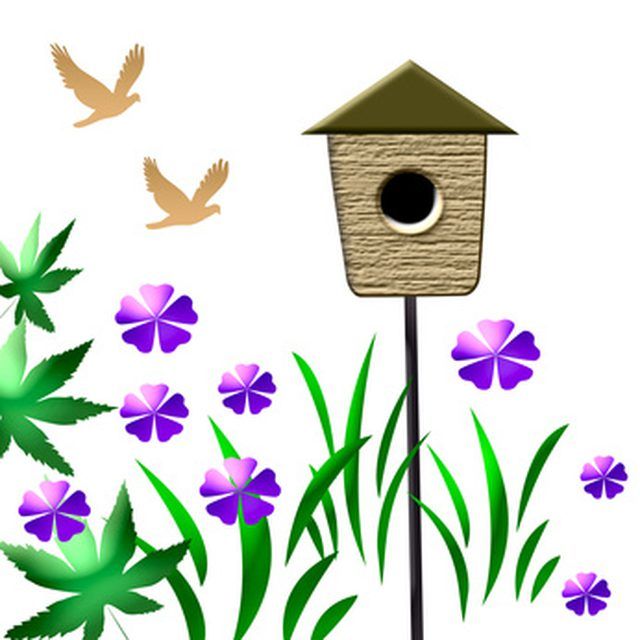Bulbs
Flower Basics
Flower Beds & Specialty Gardens
Flower Garden
Garden Furniture
Garden Gnomes
Garden Seeds
Garden Sheds
Garden Statues
Garden Tools & Supplies
Gardening Basics
Green & Organic
Groundcovers & Vines
Growing Annuals
Growing Basil
Growing Beans
Growing Berries
Growing Blueberries
Growing Cactus
Growing Corn
Growing Cotton
Growing Edibles
Growing Flowers
Growing Garlic
Growing Grapes
Growing Grass
Growing Herbs
Growing Jasmine
Growing Mint
Growing Mushrooms
Orchids
Growing Peanuts
Growing Perennials
Growing Plants
Growing Rosemary
Growing Roses
Growing Strawberries
Growing Sunflowers
Growing Thyme
Growing Tomatoes
Growing Tulips
Growing Vegetables
Herb Basics
Herb Garden
Indoor Growing
Landscaping Basics
Landscaping Patios
Landscaping Plants
Landscaping Shrubs
Landscaping Trees
Landscaping Walks & Pathways
Lawn Basics
Lawn Maintenance
Lawn Mowers
Lawn Ornaments
Lawn Planting
Lawn Tools
Outdoor Growing
Overall Landscape Planning
Pests, Weeds & Problems
Plant Basics
Rock Garden
Rose Garden
Shrubs
Soil
Specialty Gardens
Trees
Vegetable Garden
Yard Maintenance
Bird Houses & Poles
Bird Houses & Poles. A variety of birds, including chickadees, swallows, wrens, bluebirds, owls and purple martins, use birdhouses, especially when natural cavities seem scarce. The height of the birdhouse remains an important factor when putting up a birdhouse. Some birds, such as pine martins, only nest in houses at least 10 to 15 feet off the...

A variety of birds, including chickadees, swallows, wrens, bluebirds, owls and purple martins, use birdhouses, especially when natural cavities seem scarce. The height of the birdhouse remains an important factor when putting up a birdhouse. Some birds, such as pine martins, only nest in houses at least 10 to 15 feet off the ground, making a pole necessary to achieve the desired height. Poles also work when the area lacks trees or fence posts on which to hang the birdhouse.
Types
Most birdhouses work best when made from wood or natural material, since wood heats up less quickly on warm summer days. Birdhouses consist of a single home for one family of birds, with the exception of purple martin houses. Purple martins like to nest in communities, so their bird houses offer at least four units atop a high pole for the birds to nest in. Each bird house needs its own pole or tree to hang on. Poles must be installed so the house does not shake or fall over in a storm. Poles made of wood or metal work well, as do telescoping or extendable poles that change heights.
Requirements
To attract specific birds to a birdhouse, each house must meet certain specifications as to the size and depth of the house. The height of the entrance from the floor of the house and the diameter of the entrance hole are also important. Chickadees prefer a four-inch square house with a depth of eight to 10 inches and an 1.5 inch entrance hole six inches above the floor, while other birds such as the wood duck require a birdhouse more than twice that size. Telescoping poles work well, allowing birders to move the pole up and down to find the best height for the birds they want to attract.
Features
All birdhouses feature an enclosed space with a roof and an entrance hole. The houses also feature small holes near the top so the house receives ventilation on hot days. The birdhouse should also provide an easy way for people to open and clean the box each year.
Placement
Keep in mind as you install the pole for the birdhouse that most birds tend to nest in houses that sit a certain height from the ground. Some birds, such as bluebirds, nest in boxes as low as five to 10 feet above the ground while screech owls prefer boxes placed at least 10 to 30 feet high. Avoid installing birdhouses too close together since many birds chase away other birds in their territory.
Protection
Look for places in the garden or landscape where the birdhouses get protection from the wind. Best yet, place the birdhouses in partially sunny areas so the nestlings donít get too hot. The houses also need placement in locations where predators such as larger birds or mammals cannot get to the nest to eat the eggs or young.